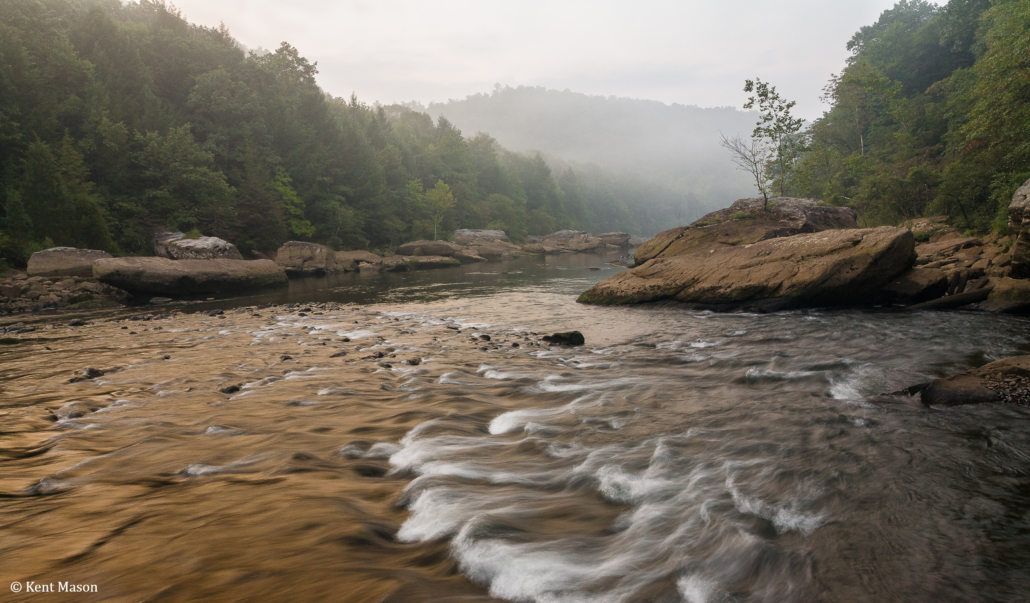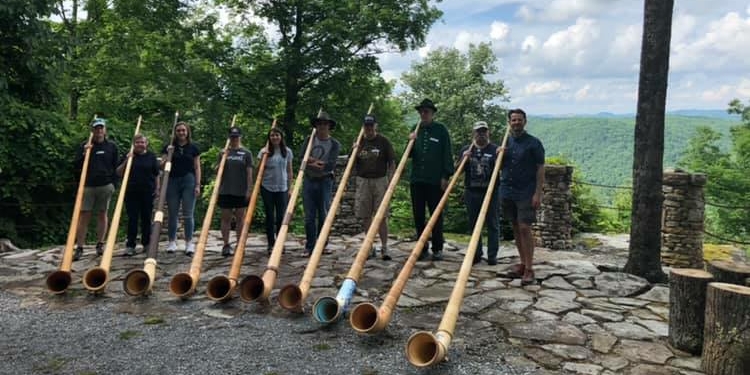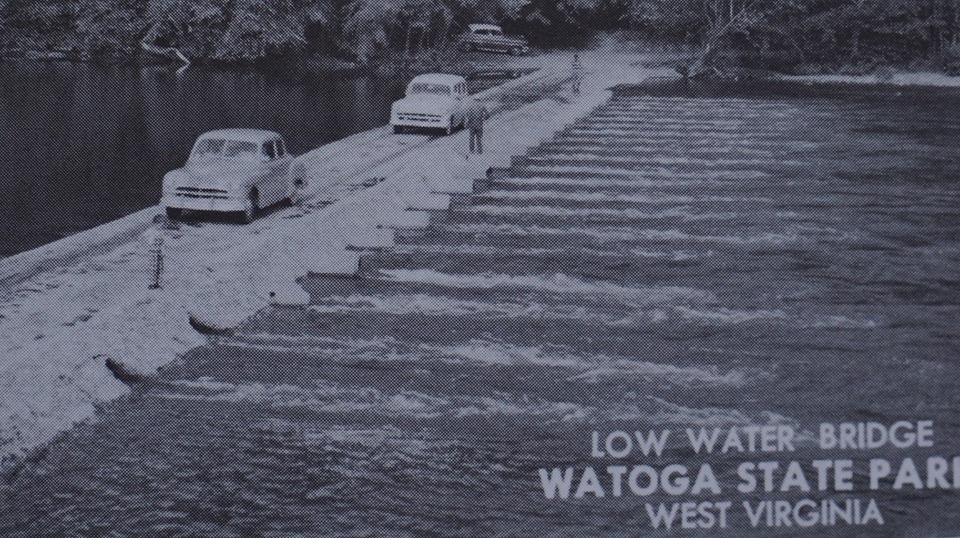West Virginians for Public Lands – July 2019
Congressional Action on the Land and Water Conservation Fund
Public access to the Gauley River is supported by the Land & Water Conservation Fund. Photo by Kent Mason.
June was a busy month for public lands in the halls of Congress. Bills related to the Land and Water Conservation Fund (LWCF) were active in both the House and the Senate.
In mid-June, the House of Representatives saw the introduction of a LWCF funding bill. While in the House Energy and Natural Resources Committee, West Virginia’s Representative Alex Mooney joined as co-sponsor of the bill.
On the Senate side, Senator Manchin held a hearing in the Energy and Natural Resources Committee on the Land & Water Conservation Fund. During the hearing, panelists and committee members discussed the proposed 2020 federal budget, and the purpose and importance of fully funding LWCF. You can watch a video the hearing here.
So what next for the Land & Water Conservation Fund? Senator Manchin has taken the lead as a champion for LWCF funding. Please consider thanking him for his leadership and encourage him to remain dedicated to fully funding the Land & Water Conservation Fund. Send him a message here.
Alphorns in the New River Gorge
The New River Gorge National River is known for attracting whitewater enthusiasts and rock climbers from around the world. In June, while paddling the river, scaling the cliffs, or walking the trails visitors heard music in the mountains as echoes of alphorns resounded in the hills. Yup, you read it right alphorns.
The classic Swiss instrument many know form the Ricola commercials, now draws people from across the globe to gather for the annual Appalachian Alphorn Adventure in the New River Gorge.
This June was the second annual retreat organized by local music teacher and alphornist Monica Hambrick. Monica has been playing the alphorn since 2014. Monica shared, “I wanted to show other people how perfect of a place this is for alphorn.”
You can watch videos of the alphornists here.
It Wasn’t Always Easy to Get to Watoga State Park
Vice President of the Watoga State Park Foundation, Ken Springer dives in to the history and access of Watoga State Park. He learns that it wasn’t always easy to get to Watoga State Park and it was a journey best suited for the adventurous.
Many, if not most, of today’s visitors to Watoga State Park, enter the park through the village of Seebert where a modern bridge offers a safe and convenient crossing of the Greenbrier River. Such was not the case for much of Watoga’s 82-year history.
Before the first bridge was constructed in 1965, this community, like many in the Greenbrier River corridor, used natural fords for crossings. Some enterprising folks offered “boats for hire” and ferry services. You can read more about Watoga State Park’s long history in a blog by Ken here.







